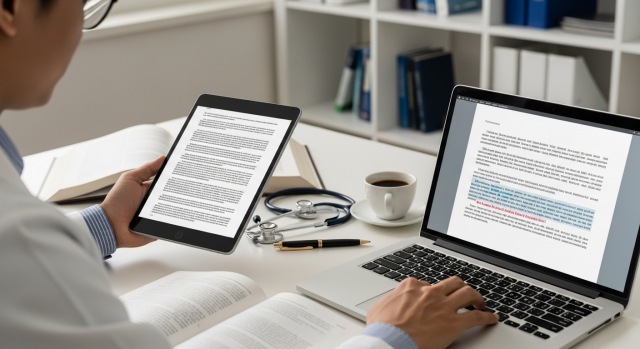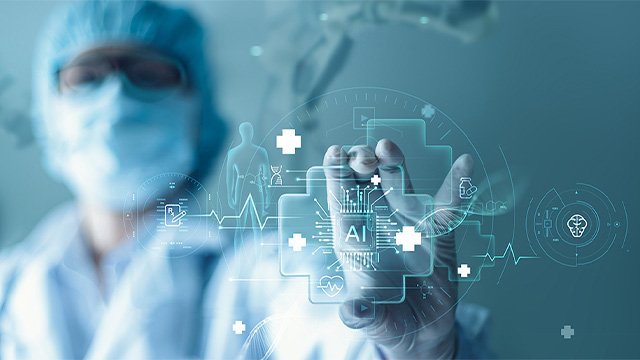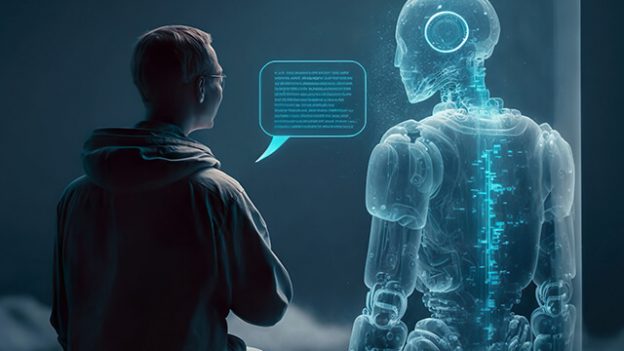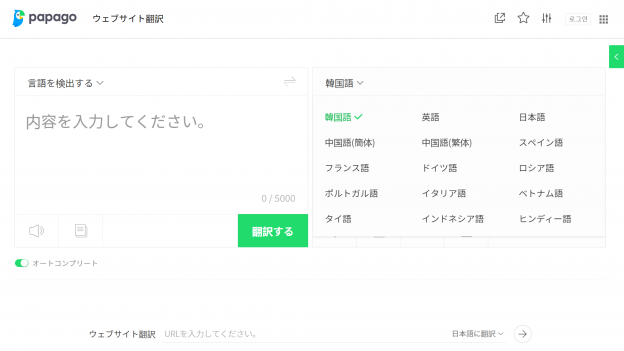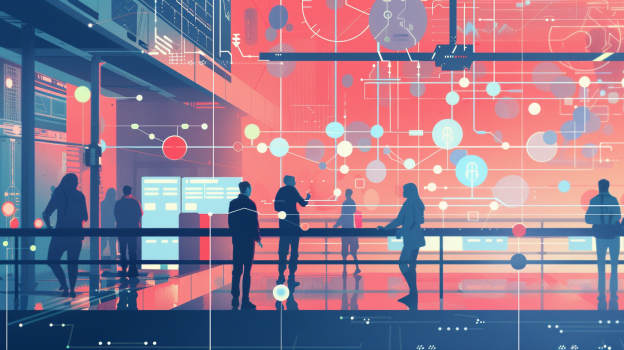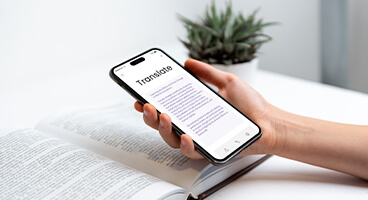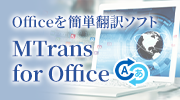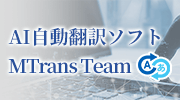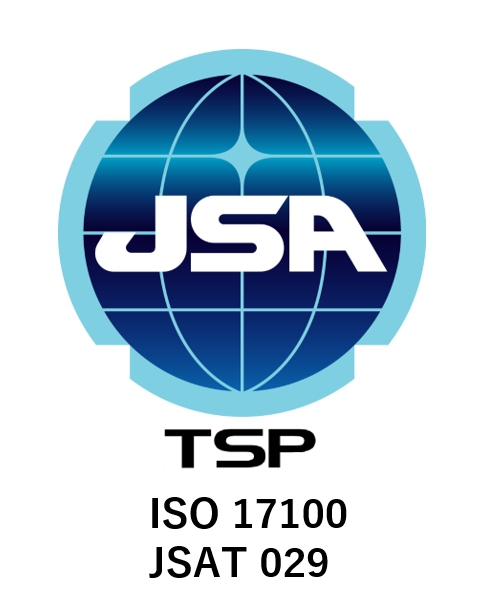
The introduction of generative AI is rapidly advancing in the field of medical translation. In the first installment, we organized the current state and challenges of generative AI in medical translation, and in the second installment, we introduced examples of translation proofreading tools utilizing ChatGPT and the results of accuracy verification. Building on these, this third article focuses on the "collaborative model between human translators and AI," explaining in detail, based on field demonstrations, how AI and humans should divide roles to balance quality and efficiency in medical translation, including future prospects.
Related Blogs
>Part 1: Is the Introduction of Generative AI in Medical Translation Progressing? A Thorough Explanation of the Current Situation and Challenges
>Part 2: Explanation of ChatGPT Translation Proofreading Tool Cases! Features of the Translation Proofreading Tool and Accuracy Verification Results
- Table of Contents
-
- 1. The Key to Utilizing Generative AI in Medical Translation is "Collaboration," Not "Full Automation"
- 2. Utilizing Generative AI: Key Points for Implementation and Operational Design
- 2-1. Use AI Appropriately According to the Task
- 2-2. Ensure Security and Compliance
- 2-3. Do Not Take AI Suggestions at Face Value
- 2-4. Devise prompts and settings
- 2-5. Conduct phased introduction tests
- 3. Future prospects and our company’s support for generative AI utilization
- 4. In conclusion
1. The Key to Utilizing Generative AI in Medical Translation is "Collaboration," Not "Full Automation"</h>
From the previous verification, it has become clear that the current use of generative AI is not about completely replacing human translators but realistically utilizing it as a support tool. In quality-prioritized fields like medical translation, it is premature to pursue the ideal of "dramatically increasing translation speed by leaving it entirely to AI." Rather, it is important to build a collaborative model where humans and AI each take on their areas of expertise.
In Human Science's demonstration, we also considered a workflow where ChatGPT was entrusted with full-text translation and humans checked and corrected it. However, the result revealed that many errors and unnatural parts still remained in the translations generated by AI, and removing them completely could require more effort and time than the usual translation process. In fact, when humans reviewed the draft translations created by AI, multiple mistakes that even the AI itself failed to detect were found, highlighting the risks of carelessly "outsourcing translation entirely to AI."
In short, meeting the high-quality standards of medical translation requires human expertise and meticulous attention, and AI remains limited to a supporting role in that process. So, what specific collaboration models can be considered?
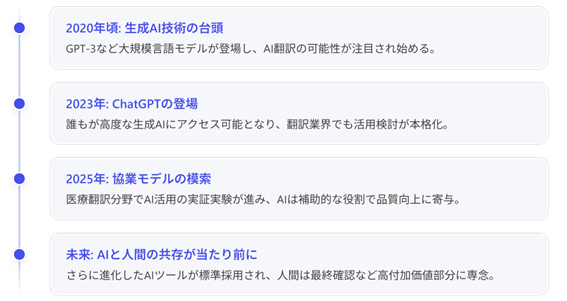
As shown in the timeline above, the collaboration between generative AI and human translators is currently still evolving. In the future, as AI performance improves and becomes optimized for specialized fields, human involvement may gradually decrease.
For example, AI might instantly translate standardized sentences and repetitive parts, while translators focus on difficult expressions and subtle nuance adjustments, making such a division of roles more common.
However, in our view, no matter how much AI advances, "human involvement will never be reduced to zero." The act of translation requires contextual judgment, consideration for the reader, and creative ingenuity backed by specialized knowledge, making the human eye indispensable for ensuring final quality. What is important is the question of "who" and "how" the evolving technology is mastered, and the collaborative model that leverages the strengths of both humans and AI is the direction we should aim for.
2. Utilizing Generative AI: Key Points for Implementation and Operational Design</h>
So, what points should we pay attention to when utilizing generative AI in practical work? Let's organize best practices for collaborating with AI in medical translation.
2-1. Use AI Appropriately According to the Task</h>
Generative AI has tasks it excels at and tasks it struggles with. For example, AI is effective for translating fixed expressions, checking terminology consistency, and detecting simple errors. On the other hand, translation requiring advanced specialized knowledge and adjustments considering the overall flow of the text remain human roles. It is important to clearly separate the parts entrusted to AI and those handled by humans, enabling efficient collaboration.
2-2. Ensure Security and Compliance</h>
Since medical information is involved, security measures are essential when introducing AI into the internal environment. By implementing mechanisms to prevent data misuse through OpenAI API integration as introduced here, or by using AI tools that operate on internal servers, you can utilize AI while protecting confidential information. It is also indispensable to establish operational rules that comply with terms of use and legal regulations.
2-3. Do not take AI suggestions at face value</h>
It is important to always review the outputs generated by AI. Take a moment to verify the translations and correction suggestions provided by AI, and only adopt those that are appropriate. Especially with models like ChatGPT, which can confidently present incorrect information, the rule of thumb is that the "final decision rests with humans."
2-4. Devise Prompts and Settings</h>
To get the desired results from AI, it is necessary to provide appropriate instructions. For example, you can instruct it to "leave this term untranslated in English" or request it to "adjust the style at the end of sentences," thereby controlling the output by adjusting the prompt (instruction text). Accumulating prompt know-how within the company and preparing reusable templates is effective.
2-5. Conduct phased introduction tests</h>
Instead of applying it to all projects at once, it is better to start with internal verification and trials in some projects. For projects with strict quality requirements, refer only to the proposals, and for projects with more flexibility, try adopting AI translation experimentally to accumulate experience while minimizing risks. Reflect feedback in the AI utilization process and gradually optimize it.
By keeping these points in mind, generative AI can become a powerful assistant. In fact, within Human Science, we have confirmed that the introduction of AI proofreading tools has reduced omissions and terminology inconsistencies, contributing to an overall improvement in translation quality. The key is to skillfully use AI to reduce the human workload while ensuring that the final quality is responsibly guaranteed by humans, maintaining this balance.
3. Future Outlook and Our Support for Generative AI Utilization</h>
Looking ahead, the collaborative model between generative AI and human translators is expected to mature further. On the AI side, development of models specialized in the medical field and integration with specialized terminology databases will advance, enabling more accurate and contextually appropriate translation suggestions. Translators will also need to acquire new workflows based on AI and develop skills to leverage AI as an ally, balancing both productivity and quality.
At Human Science, we are actively working to improve and enhance our services in preparation for such a future. Specifically, in addition to the in-house tool development and verification introduced in this series, we are promoting translation DX (digital transformation) from various angles, including integrating the ChatGPT API with the automatic translation software "MTrans for Office/Trados" and utilizing AI in translation project management.
Our solutions feature high security through API connections and comprehensive support in Japanese, and we also offer a free trial. Customers considering AI utilization within their company are encouraged to consult with us.
4. Conclusion</h>
Generative AI is not a threat but a partner for co-creation. It is only with the expertise and experience of medical translators that AI’s suggestions can be properly utilized. At Human Science, we aim to be a bridge that adapts the latest AI technologies to the field and, in collaboration with our clients, build the optimal translation process.
We will continue to conduct verification and improvements, pursuing translation services that balance quality and efficiency.
Thank you for reading until the end. We hope that the content provided here will offer useful insights for improving efficiency and quality in translation work. For more detailed information or consultations regarding AI utilization and translation services, please feel free to contact us.



